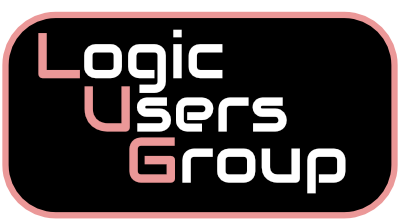Hi.. i bumped into this thread while googling around trying to archieve the exactly same thing you guys are talking about. Especially interested how to create lfos to control plugin parameters. I started using logic about a year ago alongside fl studio and i would really miss this feature in logic.
The method Fl studio has, works by clicking the plugin's button and selecting "link to internal controller" There's many types of internal controllers to be used; Audio to controller data (envelope follower), plain lfos, lfo's that can be generated with mathemathical formulas, midi notes (with selectable values) to controller data, midi triggable envelopes, etc. And it's all modular, you could for example create two lfo:s, lfo1 linked to plugins cutoff, and lfo2 modulating lfo1's rate.
The downside of fl studios method is that you can't actually see any cables so when you open a old project that you don't remember that well anymore, you get really lost about what kind of internal modulators you have set up.
This is where logic would REALLY shine. If logic just had the lfo's straight in the environment and you could make all the cabling there. Of course the way mixer tracks holding the plugin are presented, would maybe be better if presented slightly different way, they could for example have multiple "inputs" for internal controlleres, and each one of these internal controller inputs would have a dropdown menu to select the (plugin's)parameter which you want to control with the data that is coming in.
Someone mentioned about the combination of metronome and transformer. This sounds good. Would need some kind of macro though, wouldn't like to configure the transformer everytime i need a lfo. Btw the only thing i've used trasformer this far was to convert midi data to hyper data and stuff like that. So if someone has more detailed information about setting up the transformer object for this scenario, i would really apprecciate

Have you guys ever tested this one?
http://www.mucoder.net/hypercyclic/
Maybe it's using the methods someone here described earlier.
Something from the bottom of the page:
""""How do I configure the AU MIDI output?
This technique applies to the AU plugin version, but can also be used from VST and standalone versions. First, within the midi to combo box, select Configure... The midi device settings dialog box will appear. Check one or more of the midi output devices you like to send midi to. Then set the midi to combo box to one of these selected output devices. If the device is named IAC driver... then you can use this device elsewhere as input device and receive the hypercyclic output that way."""
